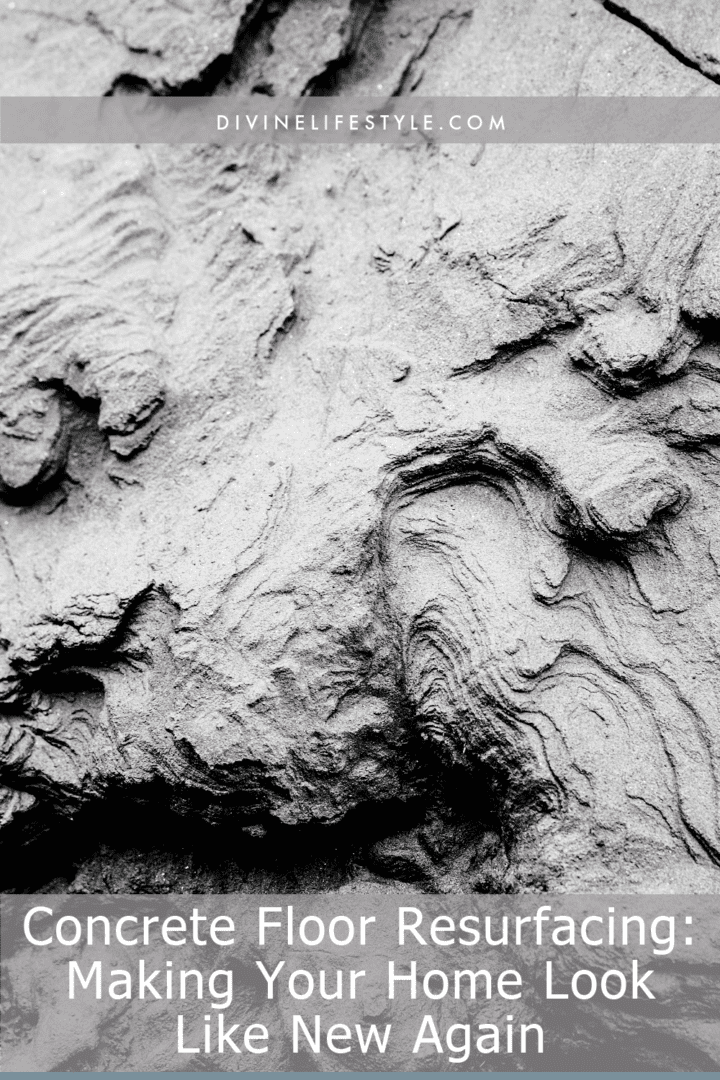Concrete Floor Resurfacing: Making Your Home Look Like New Again

Concrete Floor Resurfacing: Making Your Home Look Like New Again
Concrete floors are durable and long-lasting materials. Now you are probably thinking of getting one for your home and business space. Today we are taking a 360-degree look at concrete floor resurfacing. Answer all your concerns about the entire process of concrete floor resurfacing. So, why is concrete resurfacing better than new concrete?
First, take a quick look at the essential steps and aspects of the resurfacing method:
- The preparation stage
- The correct resurfacing process
- Post-resurfacing: maintenance
Better than New: The steps in concrete resurfacing
If your home's concrete floors look a little worse for wear, don't despair – they can be made to look new again with concrete floor resurfacing. Resurfacing concrete porch or concrete driveway automatically increases your home value. So how is resurfacing done? It involves three main stages, starting with floor prep, then the main process with concrete pouring, and the finishing stages.
The first stage: How to prepare for resurfacing?
The preparation consists of cleaning and sanding the entire slab. Follow these important tasks as you prepare the floor slabs:
1- Clean and sand
Sand down the existing concrete floor to create a smooth, even surface before applying a new layer of concrete on top. A matte and coarse texture emerges once you have roughed it with a sanding tool. What is essential at this stage is that residues of hard-to-remove stains and dirt will be gone. Even old coatings that had already lost their function would be taken off without leaving flaws on the bare slabs.
Take out the debris and wash the surface thoroughly. Let it dry. After that, you are ready for the main resurfacing step.
2- Assess and repair
Resurfacing is better than installing an entirely new slab since you can reuse existing ones on your property. Once the surfaces are cleaned, you will see a pure concrete base. Assess the surface and check if there are lingering openings, thin cracks, or dents. See if these signs need any treatment. You must first repair those growing faults before pouring any new layer of concrete. Failure to do so would lead to irreparable damage in the future and cost you double.
The second stage: resurfacing
Once you have followed the specific steps in the first stage, then you can proceed with resurfacing. This step would have an installer single-pour the fresh mix of concrete. It is highly recommended that you have a professional concrete flooring builder perform this set of steps.
A single pour is not simply pouring the concrete, and it needs precision and speed to make sure that the cement mix will cure evenly on all sides. Consider this before you push through with DIY resurfacing.
The third stage: Finishing
The new layer can be stained or painted to your desired finish, giving your floors a whole new lease on life. That is the final stage.
Decorative concrete uses various applications that use the slab where patterns and designs would appear. These might be the final touches, but do not take this step for granted. You want the application you chose to have top-tier functionality, and it would not only improve the look of the flooring surface but also ensure that it is finished to last.
The good sides of resurfacing
So before you reach that seamless finish at the end of the entire process, here are the benefits to excite you:
- Cost-effective floor solution
- Revive the natural beauty of floors
- Maintains a luxe aesthetic on floors
A fresh coat of concrete can make your floors look new again and can protect them from wear and tear. Resurfacing can also help to repair any cracks or damage that may have occurred.
A seamless finish
Concrete floor resurfacing is not only a great way to improve the appearance of your home, but it can also add value. If you're considering selling your home in the future, resurfaced concrete floors will be a major selling point. And if you're not planning on selling any time soon, you'll still be able to enjoy your new-looking floors for years to come.
You May Also Like





Pingback: How to Choose the Best Garage Floor Coating Company